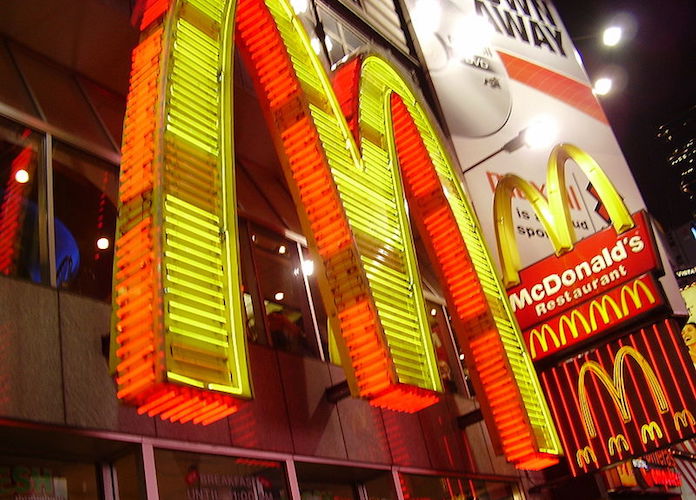Study Says Chemical In McDonald’s Fries May Cure Baldness
According to a recent study at Yokohama National University in Japan, the chemicals used to make McDonald’s fries may just cure baldness.
MCDONALD’S FRY CHEMICAL COULD CURE BALDNESS, STUDY FINDS
A stem cell research team from the university has been researching baldness and hair regrowth in mice, and used what it calls the “simple” method. Using dimethylpolysiloxane, which is the silicon added to the fast food chain’s fries to stop the cooking oil from frothing, the scientists have successfully regrown hair in mice. The research also indicates that the same method will likely be successful in humans as well.
The study was published in the Biomaterials journal last week and states that the breakthrough came after the team mass-produced hair follicle germs, or HFG. This was the first time HFGs were ever created in this way. These germs are known as the ‘Holy Grail’ of hair loss research.
“The key for the mass production of HFGs was a choice of substrate materials for the culture vessel,” said Professor Junji Fukuda in the study. “We used oxygen-permeable dimethylpolysiloxane (PDMS) at the bottom of culture vessel, and it worked very well.”
This technique produced 5,000 HFGs simultaneously. When injected into the mice, “these self-sorted hair follicle germs (HFGs) were shown to be capable of efficient hair-follicle and shaft generation” says the study. Within days, Fukuda and his team reported black hair growth on the mice where the HFGs were transplanted.
“This simple method is very robust and promising,” Fukuda said. “We hope this technique will improve human hair regenerative therapy to treat hair loss such as androgenic alopecia (male pattern baldness). In fact, we have preliminary data that suggests human HFG formation using human keratinocytes and dermal papilla cells.”
McDonald’s has not responded to the study.
RELATED ARTICLES
Get the most-revealing celebrity conversations with the uInterview podcast!








Leave a comment